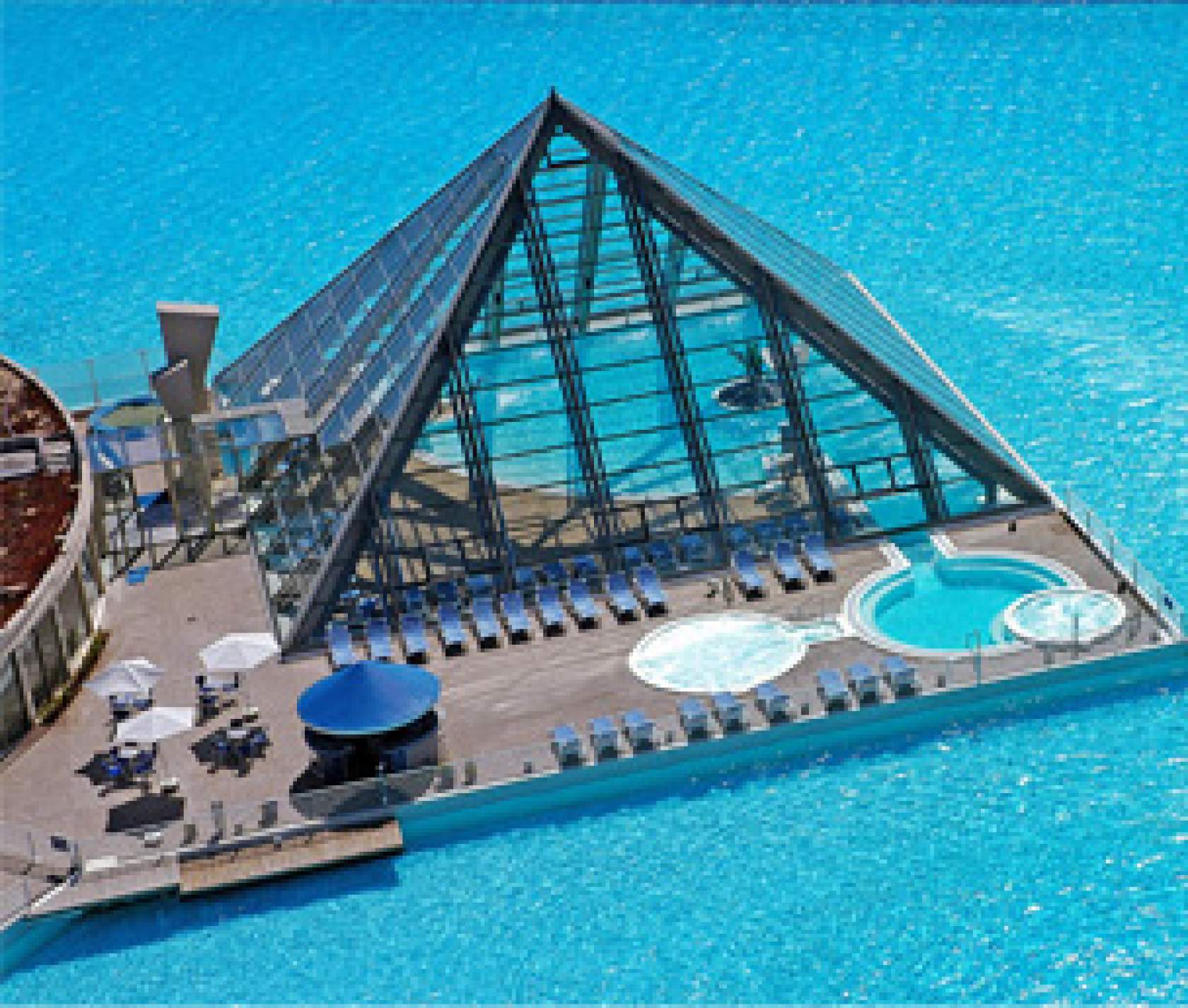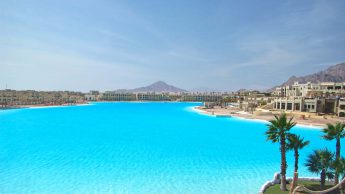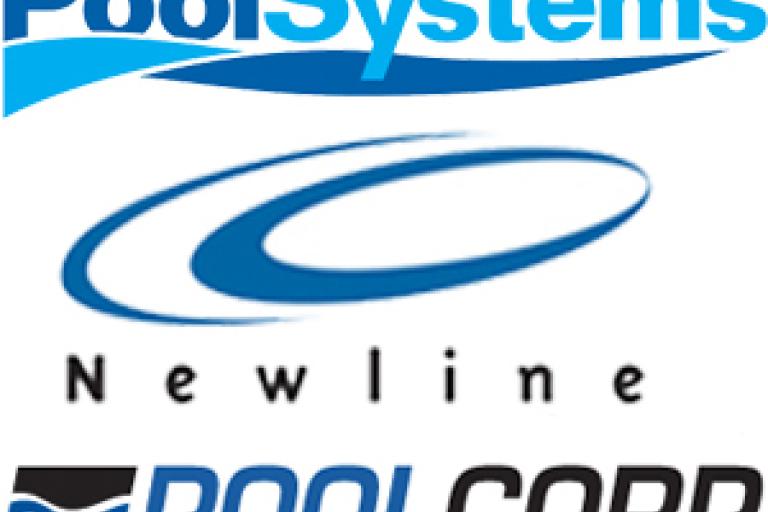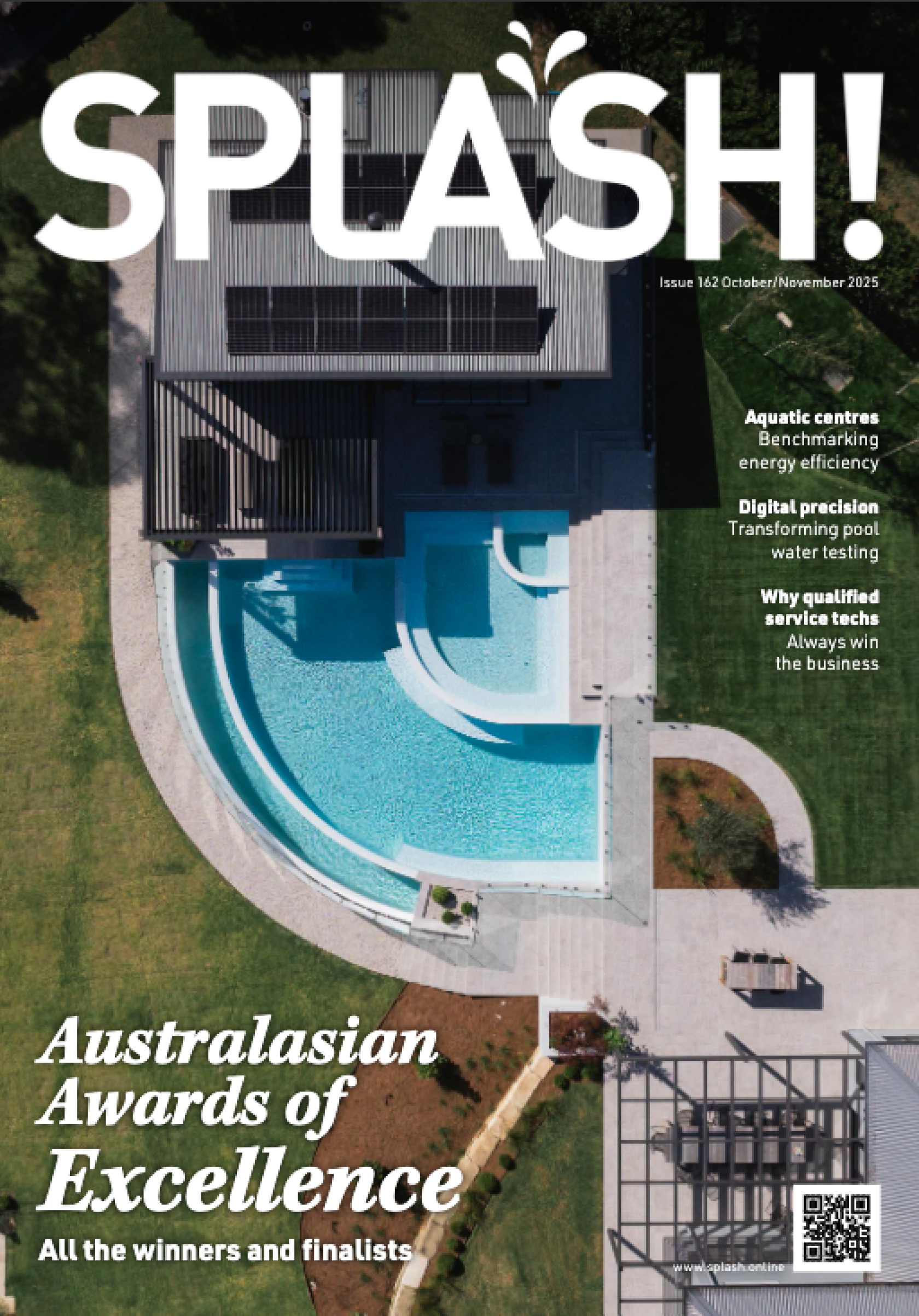Crystal Lagoons bringing giant pools to Australia


Way back in 2009, SPLASH! interviewed inventor Fernando Fischmann who had just seen the completion of the first Crystal Lagoons project – the amazing San Alfonso del Mar in Chile.
Although at that time it was often called the largest swimming pool in the world, it is actually a lagoon, built using different methods and maintained with different technology than normal public swimming pools.
These lagoons are a boon to residential real estate and commercial hotel developers, as they can supply a body of water to enhance housing estates or tourist resorts.
In the seven years since the interview with Fischmann (edition 65) Crystal Lagoons has put 300 projects into development in both residential and hotel settings, including a 12 hectare lagoon at Sharm El Sheikh in Egypt, which set a new Guinness World Record for the world’s largest man-made lagoon.
Crystal Lagoons Oceania regional director Germàn Rocca says they are negotiating with parties across Australia in urban, regional and coastal areas, with developers recognising the potential of a lagoon to generate more real estate value than any other amenity at very low cost.

“We have 30 leads in Australia in different stages of conversation,” says Rocca.
He says that Crystal Lagoons has revolutionised the real estate market in every country it has entered and he believes the technology will have just as great an impact in Australia.
“It brings waterfront amenity to inland areas of major cities and regions and in some coastal areas it will help solve the problem of pollution, jellyfish, sharks and dangerous currents. Australians love the water but the coastline of major cities has been virtually built out and the real estate is very expensive. Crystal Lagoons’ technology allows developers of residential real estate and tourist facilities to create crystalline lagoons for swimming and water sport in any location and with any type of water, including fresh, salt and brackish, which has no other use. This makes it useful even in those areas that suffer from a lack of water.”
He offers the example of western Sydney, where the state government is keen to add an extra 1.4 million people by 2020.
“They need to build housing and infrastructure for those people, and the lagoon concept can provide the water appeal that Australians love so they don’t have to travel to the harbour or the coast.”
He says it has already proven its worth in multiple locations across the globe, from medium-sized residential developments to mini-cities in the Middle East. It has taken over from golf courses as the world’s top amenity, providing recreation for the whole family and wider community at a much lower cost.
“Australia is a large continent but much of it is considered uninhabitable due to the absence of water,” he says. “Our technology opens up land that would not previously have been considered attractive for residential or tourist development, at low cost and using a fraction of the water required to maintain a park or golf course.”
Rocca says they are the only company in the world that can provide this technology because they patented it in 160 countries and have a huge research and development team which is always improving the technology and creating new patents.
He says they actually do the construction work on the lagoons – that is left to the developer. They only plan and install their system which he adds that the building methods and proprietary disinfection system mean the costs involved are dramatically reduced. The construction costs are kept down by using earthworks rather than concrete, and the lagoon sits on earthworks with concrete only used for piping. The land is moved into position and then the proprietary, thin liner is put in place.
“We want to avoid any extra costs or risks for the developer,” he says.
Rocca also says they try to distinguish themselves from swimming pools, because their goal is to transform landscapes, so while they could build smaller, pool-sized lagoons they try to keep them above one hectare in size.
Regulations
The proprietary disinfection system uses chemicals injected into the closely monitored water. However, Rocca doesn’t expect that the strict regimes governing the maintenance of public swimming pools will necessarily apply to the lagoons.
“Basically, our maintenance costs or operational costs are related to our ongoing technology. Every case and every country is different, and we adapt to each country and use existing examples. Here you have Cairns Esplanade, Orion Lagoon and Airlie Beach that can be used as a reference and a guideline to meet local regulations. But our technology is different from other systems. Those examples call themselves lagoons, but they work as big pools. The size of the Cairns Esplanade for an example is 0.4 hectares. We can manage over one hectare, and we can manage that water in an inexpensive way.”
He says they comply with every federal guideline and are in discussions with the individual councils and the state health departments. However, he says it may be the case that a different regulation will apply to the lagoons, as they are in a space between being a pool and being a lake.
“In America, the state of Florida created a regulation especially for us. It’s called Public Bathing Places. It’s not a pool, it’s not a lake, but it’s a public bathing place. It’s somewhere in between, created especially for our technology,” he says.
“Something like that might happen in Australia. If you can get certified in the United States, you can get certified all over the world.”



